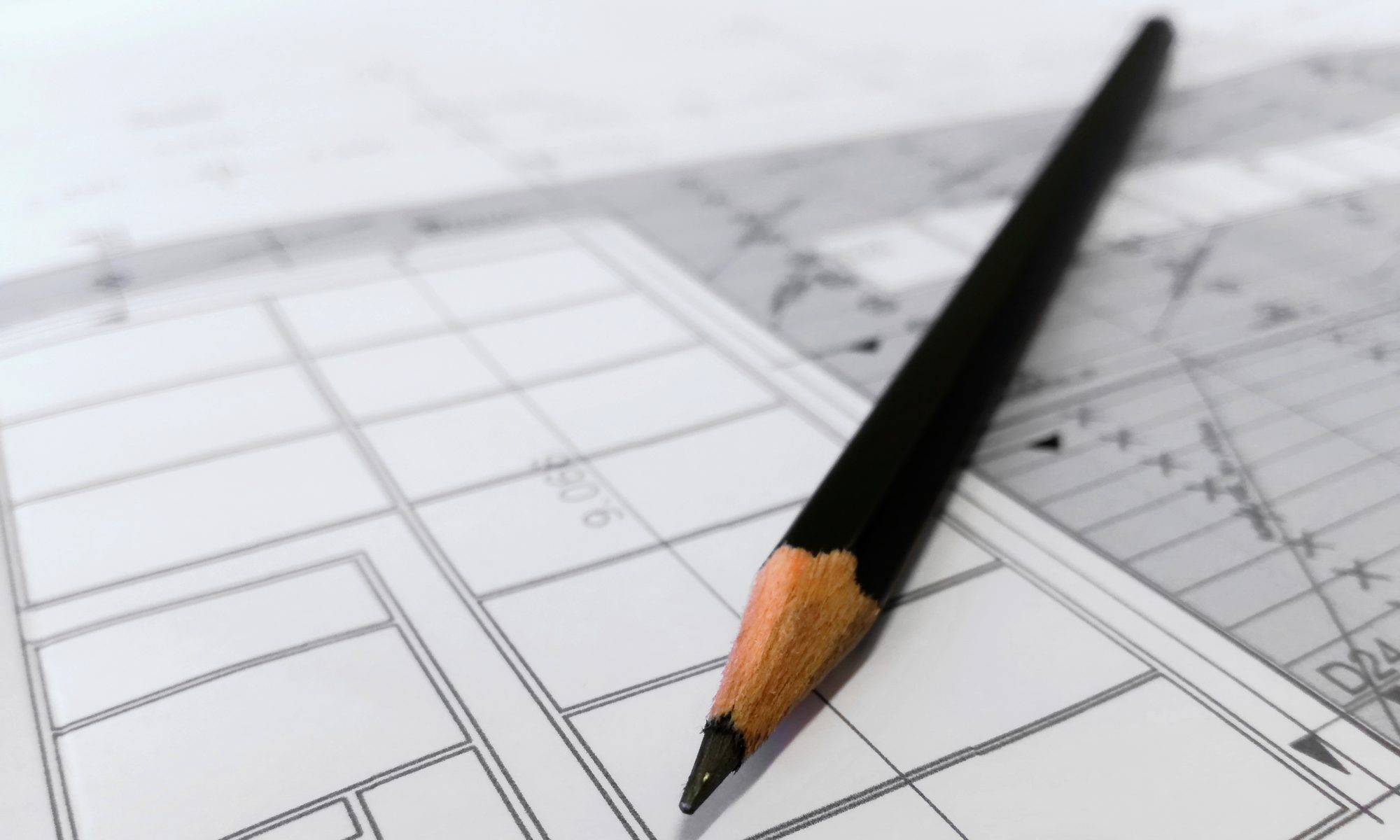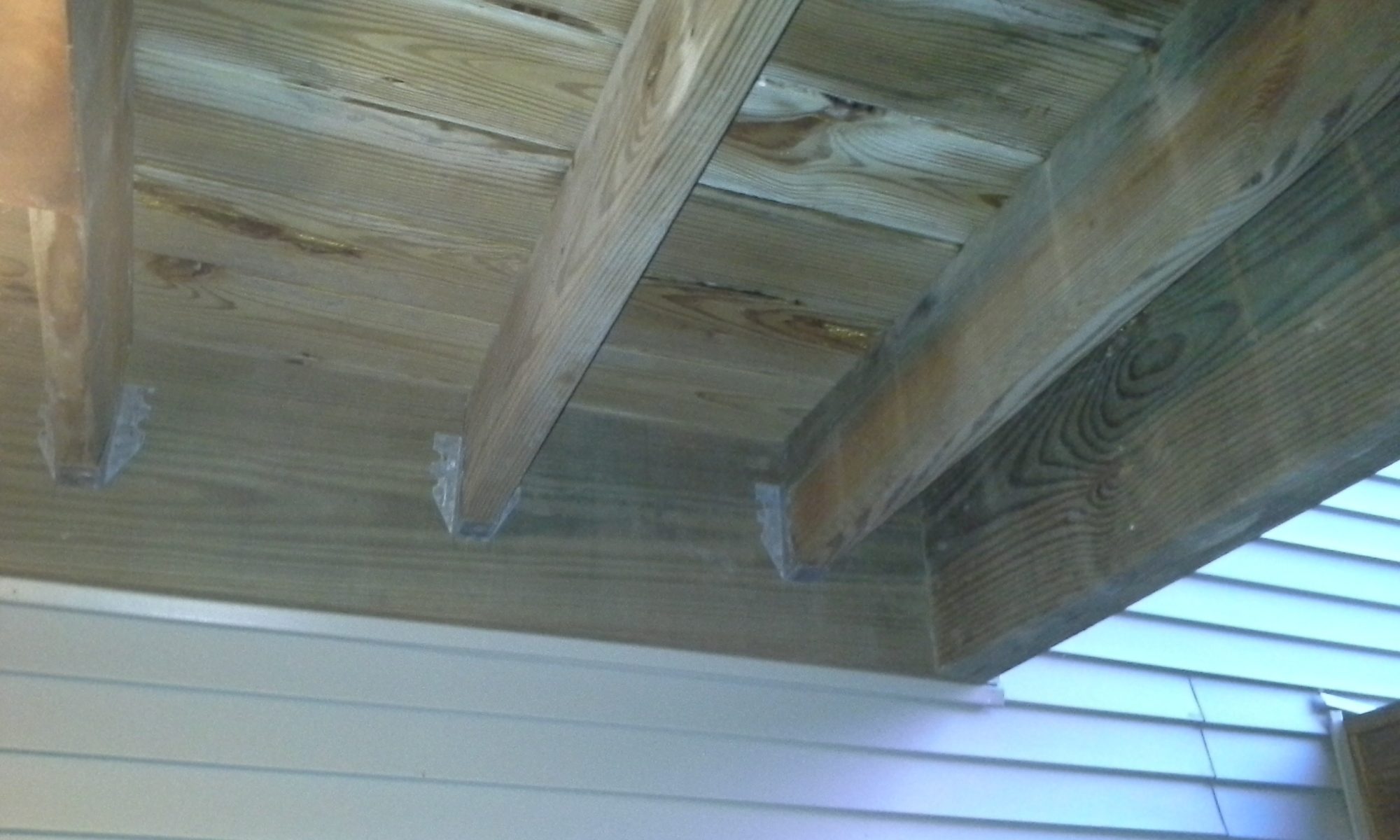A quick internet search will turn up dozens of news stories about catastrophic failures of decks, balconies and similar structures at restaurants, apartment buildings and beach houses among other places. Many of these are mass-casualty events involving multiple injuries and occasional fatalities. It seems like there are several every summer. Failures of these outdoor accessory structures are indeed relatively common and are probably among the most common types of structural collapses. However, most deck, porch and balcony failures are not catastrophic enough or do not cause enough carnage to make the news. This would include most residential deck failures.

Why are residential decks, and similar structures so vulnerable to structural failure? First, unlike most residential construction, they commonly contain non-redundant elements and connections. Second, they are often poorly constructed. Until recently, it has been challenging to apply code provisions to residential decks, if they were applied at all. An attitude among homeowners, builders and building officials that these structures are unimportant and low-risk has been pervasive. Third, residential decks can be subjected to more severe loads than most other structural systems in a home. Last, these structures are permanently exposed to the elements and are susceptible to damage from wet-dry cycles and wear, as well as to rot. Consequently, decks are at risk for both overload and understrength. And if a local failure occurs, there is a high risk that it could lead to collapse. These risks increase with time as the deck elements deteriorate. According to the North American Deck and Railing Association (NADRA) about half of the decks in the United States are past their useful life and need to be replaced or repaired.
Most serious deck-related failures are caused by the failure of connections. This may be counter-intuitive; a lot of people think of structural failures in terms of failures of elements, like beams and joists. The most hazardous connections are those between a deck and the house and between the railing system and the deck. Recent editions of the residential code provide prescriptive designs for connecting a deck ledger to a house, including ties to resist lateral loads from occupant movement and earthquakes. However, older decks may be improperly connected to a house or may lack the flashing necessary to prevent moisture from entering the connection and causing decay. Prescriptive railing connection designs have not been provided in the codes and achieving the code-required railing load without specialized hardware is difficult. The presence of toe-nail connection between joists and supporting elements, post connection without adequate lateral restraint and foundation movement are also potential hazards.
Most deck failures are preventable. For an existing deck, prevention ideally begins with an evaluation by a licensed home inspector or professional engineer at purchase. If it has been a while since you bought your home or built your deck, you can check your deck for signs of potential structural problems. Some things to look for include rot, connector corrosion, loose or missing connectors, large cracks and splits in wood elements and distress in the house where the deck is attached. This video from Simpson Strong-Tie, a wood connector manufacturer, provides a useful tutorial on identifying potential hazards.
Assuming everything is sound, the strategy becomes one of maintenance and monitoring. The deck should be checked for damage and deterioration every spring and maintained and repaired as necessary. NADRA publishes a checklist that you can use to check and maintain your deck every year. Proper maintenance will extend the life of a deck. However, the expected life will still be less than that of a house, even if rot-resistant or treated wood is used, due to the more severe exposure to weather.
If something does not look right, it may be time to get help. A lot of homeowners will think first to call a contractor, but this is not necessarily the best approach. Since a contractor evaluation is usually free, a contractor’s motivation may be to sell a repair or replacement. In addition, many contractors are not familiar with the details of the residential code (a document that is over 900 pages long, not counting local modifications). Be sure to check contractor qualifications, licenses and insurance and avoid “handymen” and “jack-of-all-trade” contractors, who may be overconfident and underqualified.
A home inspector can provide an unbiased and broad-based evaluation for a modest cost. Often this evaluation will involve a comparison of the deck to the most recent or currently adopted version of the residential code. Note that while the current code is a useful basis for comparison, an existing structure is not required to fully conform to the current code. Some inspectors receive specific training and certification in deck inspections. However most home inspectors are not licensed as engineers or architects and cannot provide recommendations for repairs or new designs.
A professional engineer can also provide an unbiased evaluation, but can provide recommendations. By using engineering principals and analysis, an engineer can evaluate structural questions beyond whether or not something complies with prescriptive provisions of the residential code. An engineer can also assist with the design of a replacement structure. This provides the homeowner with more options, which may save money in the long run. However, the more detailed evaluation and development of recommendations come at a higher cost.
Owning a deck comes with some assumption of risk, especially if it predates modern codes and is past its useful life. The good news is that the risk of a deck failure can be reduced by proactive evaluation and maintenance. Homeowners can do much of this themselves, but if a problem is suspected, professional help can be useful.
The information and statements in this document are for information purposes only and do not comprise the professional advice of the author or create a professional relationship between reader and author.


